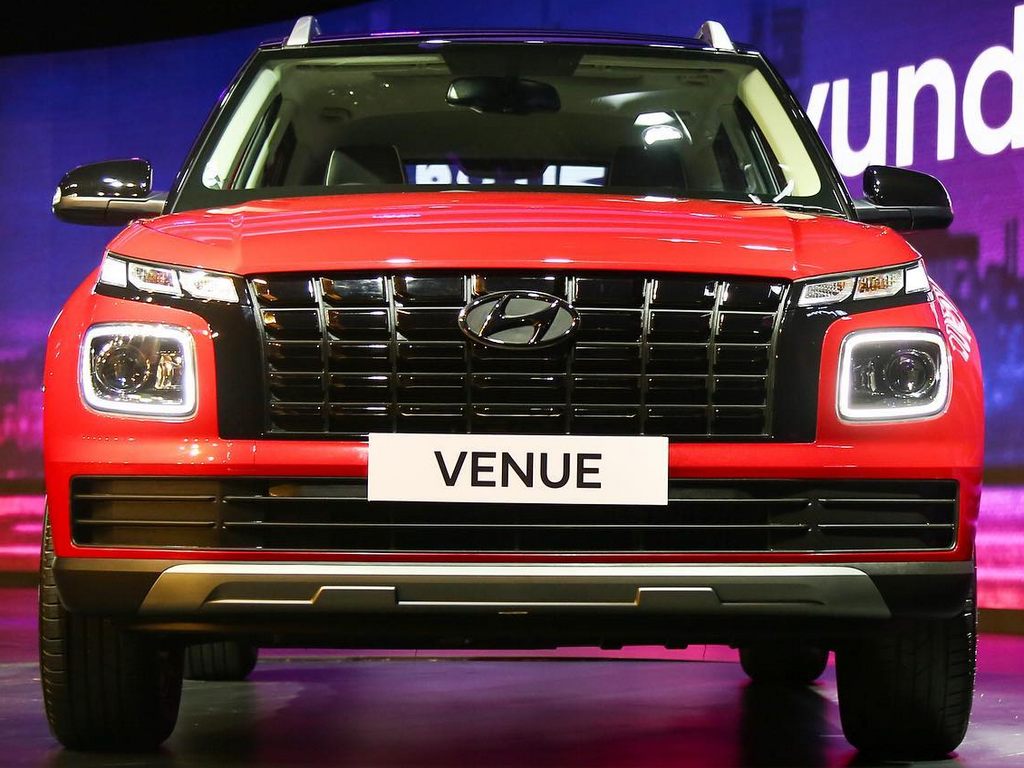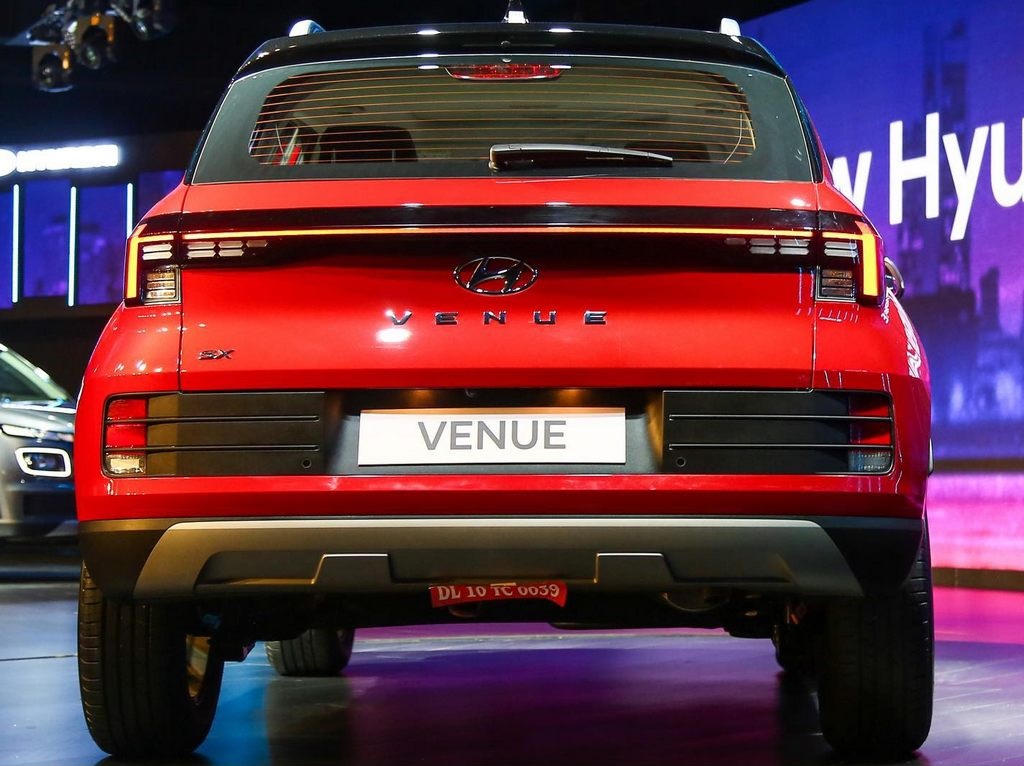
A factory-fitted CNG won’t find the light of the day in Hyundai Venue, competition is gearing up for a CNG onslaught
Hyundai India launched its 2023 facelifted Venue with much hype and fanfare yesterday but now comes the disappointment that the compact SUV won’t get a CNG option. The company has taken this decision despite the competition gearing up for a CNG onslaught.
Hyundai Motor India Product Strategy and Planning AVP and Group Head Amit Dhaundiyal has reportedly denied claims of a CNG Venue in the works. According to him, such a development won’t come at least in the near future.

Contrary to this, both Kia and Tata are testing CNG on the top-end turbo petrol variants of the Sonet and Nexon with test mules already spotted on our roads. Maruti Suzuki is also gearing up to bring the CNG variant of its upcoming second generation Brezza at the launch itself.
The Venue’s domestic sales are also on the rise:
| Financial Year | Domestic Sales |
|---|---|
| 2019-20 | 93,624 |
| 2020-21 | 92,972 |
| 2021-22 | 1,05,091 |
Hyundai might have taken this decision owing to the huge demand the compact SUV already commands. As per reports, the SUV commands a waiting period of 3 months. Over 25,000 customers are waiting even for the old model model which is about to be axed.

According to the Korean maker, the new 2023 Venue has received over 15,000 bookings so far with the total backlog going up to 40,000 units. With such a crazy demand, it does make sense to stick with the conventional fuel options.
Hyundai has hiked the price the of 2023 Venue up to Rs. 1.42 lakhs across variants when compared to outgoing model. The trims have seen up to 14 percent hike with the top-end models witnessing maximum increase.
2023 Venue vs 2022 Venue Price Comparison Chart:
| Variant | New Model Price | Old Model Price | Difference | Percentage Hike |
|---|---|---|---|---|
| E 1.2 MT | Rs. 7,53,100/- | Rs. 7,11,200/- | Rs. 41,900/- | 6% |
| S 1.2 MT | Rs. 8,70,400/- | Rs. 7,91,100/- | Rs. 79,300/- | 10% |
| S+ 1.2 MT | Rs. 9,50,200/- | Rs. 8,78,800/- | Rs. 71,400/- | 8% |
| S(O) 1.0 iMT | Rs. 9,99,900/- | Rs. 9,24,800/- | Rs. 75,100/- | 8% |
| S(O) 1.5 MT | Rs. 9,99,900/- | Rs. 9,68,200/- | Rs. 31,700/- | 3% |
| SX 1.2 MT | Rs. 10,69,500/- | – | – | – |
| S(O) 1.0 DCT | Rs. 10,96,700/- | Rs. 10,15,300/- | Rs. 81,400/- | 8% |
| SX 1.0 MT | – | Rs. 10,21,100/- | – | – |
| SX 1.0 iMT | – | Rs. 10,21,100/- | – | – |
| S(O) Exe 1.5 MT | – | Rs. 11,20,200/- | – | – |
| SX 1.5 MT | Rs. 11,42,500/- | Rs. 9,99,999/- | Rs. 1,42,501/- | 14% |
| SX(O) 1.0 iMT | Rs. 11,92,000/- | Rs. 11,49,900/- | Rs. 42,100/- | 4% |
| SX(O) 1.5 MT | Rs. 12,32,000/- | Rs. 11,83,700/- | Rs. 48,300/- | 4% |
| SX+ 1.0 DCT | Rs. 12,57,000/- | Rs. 11,82,300/- | Rs. 74,700/- | 6% |
The base S variant and the second top-end diesel SX have seen massive hike in price – 10 percent and 14 percent respectively. On an average, all the models have received a price hike between 6-8 percent.
With this, the pricing of the top variants overlaps with the lower variants of some C+ segment compact SUVs like the Kia Seltos, Hyundai Creta, MG Astor, Volkswagen Taigun, etc.




